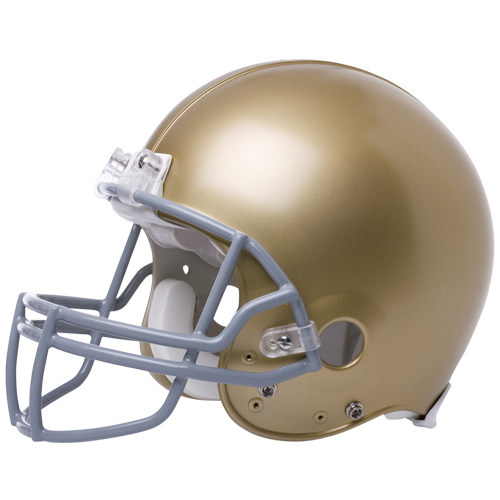Concussions are common in athletes and can leave after-effects. Learn how to optimally manage them and recover from them.
What is a concussion and what causes them?
Mild traumatic brain injury (TBI), also called a concussion, is trauma to the head. Although it is usually caused by a blow to the head, it can also be caused by an impact to the body that shakes the head. The brain, which sits inside the skull surrounded by fluid, is jolted in a back and forth movement. The trauma it undergoes during this event causes damage. The blow may sometimes seem trivial, but repeated events or poor management could result in permanent after-effects.
The risk of having a traumatic brain injury exists in several sports, including swimming, cycling, basketball, hockey and football.
What are the signs and symptoms?
One of the major challenges of concussions is that athletes tend to hide their symptoms. To avoid being removed from the game, they act as though everything is fine, which can make the situation worse. It is even possible that, in the heat of the moment, they don’t really feel any symptoms. This is all the more true if the blow they received appears trivial to them. Therefore, signs and symptoms can greatly vary in nature and intensity and in all cases, prompt care is important, as there is a cumulative risk involved. This is especially true when a person has already sustained a concussion; it is then necessary to be even stricter and more vigilant in applying medical instructions to promote the best recovery possible.
Below are a few examples of symptoms that can be observed following a head injury such as a concussion:
- headaches
- fatigue
- nausea or vomiting
- dizziness
- sensitivity to noise or light
- blurred vision
- feeling sluggish
- difficulty concentrating, amnesia, confusion
- behavioural changes (nervousness, irritability)
The presence of one or more of these symptoms requires an immediate medical assessment. In the event of a blow to the head, even if it seems trivial, it’s better to be safe than sorry. Additionally, it is advisable to observe the person for 24 hours after the accident, as symptoms can appear during this time. Therefore, it is recommended to stop practising the activity as soon as a blow to the head occurs. Speak to a healthcare professional promptly if you’re not sure what to do following a head injury. If this isn’t the first blow to the head, the measures to take may differ. Don’t hesitate to consult in this case as well.
Returning to activities after a mild TBI
It is recommended to rest and to limit intellectual, physical and sports activities during a 48-hour period. Therefore, school work, all types of screens and even daily tasks such as doing the dishes or passing the vacuum should be avoided. Do not drink alcohol, stay well hydrated, eat well, sleep at night, but avoid sleeping during the day. This rest period should continue until symptoms have gone, which generally takes less than a week. It is necessary that an injured athlete be monitored by a specially trained team. Once the rest period is over, the return to activities, both intellectual and physical, should be done gradually. Wait 24 hours between the various steps, and if symptoms occur during an activity, it is necessary to return to the previous step.
For instance, for a physical activity, the first step would be to walk for a few minutes or to do a little house cleaning. The next step would be to increase the heart rate slightly for less than 30 minutes (e.g., walking at a slightly faster pace). After that, physical activity and intensity can be increased a little more. For example, a basketball player could dribble and shoot the ball, and a hockey player could skate without contact. A return to the game without restrictions is a lengthy process involving six steps. It is recommended to obtain medical approval before resuming training that involves the risk of a fall or an impact. A gradual approach must also be used for the return to intellectual activities. For additional information, visit the Institut national d’excellence en santé et en services sociaux INESSS.
Brain injury prevention
Protective gear or adopting specific measures to mitigate the risk of brain injury is recommended for most sports. In these cases, it is necessary to choose the appropriate equipment and to wear it as recommended. Don’t hesitate to ask for advice about how to choose and adjust it. Be sure to respect the lifespan of the equipment.
Any blow to the head should be taken seriously, and a healthcare professional should be consulted. Speak to the child or teenage athlete to teach them the importance of not hiding a head injury or symptoms of a concussion. Consult a healthcare professional in the event of a blow to the head.

